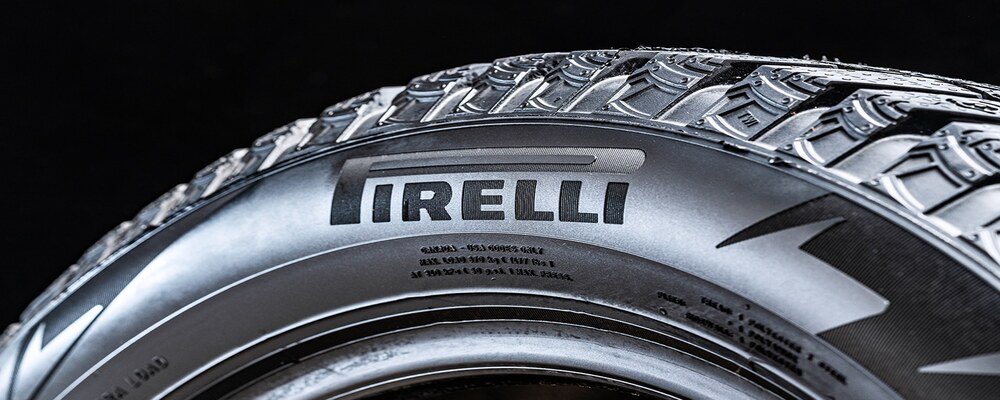Understanding Tire Performance in Different Weather Conditions
Tires are a critical component of a vehicle that directly impacts its performance, safety, and fuel efficiency. In regions with varying weather conditions, such as the USA, choosing the right type of tires becomes crucial to ensure optimal traction and control. Winter tires and all-season tires are two popular options available to drivers, each designed to perform effectively in specific weather conditions.
Winter Tires: Designed for Cold Temperatures and Snowy Conditions
Winter tires, also known as snow tires, are specifically engineered to provide superior traction and grip in cold temperatures and snowy, icy road conditions. These tires are made of a softer rubber compound that remains flexible in low temperatures, allowing them to maintain traction on slippery surfaces. Additionally, winter tires feature deeper treads with unique biting edges and sipes that enhance grip on snow and ice-covered roads.
One of the key advantages of winter tires is their ability to deliver enhanced braking performance in cold weather conditions. The softer rubber compound of winter tires allows for better contact with the road surface, resulting in shorter braking distances and improved control when driving on snow and ice.
All-Season Tires: Versatile Performance in a Variety of Conditions
All-season tires are designed to provide a balance of performance in dry, wet, and light snow conditions throughout the year. These tires feature a tread compound that offers decent traction in a wide range of temperatures and weather conditions, making them a popular choice for drivers in regions with moderate climate variations.
While all-season tires offer versatility and convenience for year-round use, they may not provide the same level of traction and control as winter tires in severe winter weather conditions. The tread design of all-season tires is optimized for a combination of dry and wet performance, compromising their ability to deliver optimal grip on snow and ice-covered roads.
Comparing Wear Patterns of Winter Tires and All-Season Tires
When it comes to tire wear, several factors can influence the longevity and durability of winter tires compared to all-season tires. In regions where winter temperatures are consistently below freezing and snowfall is frequent, winter tires may wear down faster due to the softer rubber compound and aggressive tread design.
The softer rubber compound of winter tires that provides enhanced traction in cold temperatures can also lead to accelerated wear on dry pavement. Additionally, the deeper treads and sipes of winter tires, while effective for snow and ice grip, can wear down more quickly when driving on dry roads, reducing the overall lifespan of the tires.
On the other hand, all-season tires, with their harder rubber compound and less aggressive tread pattern, tend to wear more evenly across different driving conditions. While all-season tires may not offer the same level of performance as winter tires in extreme winter weather, they are designed to provide longer tread life and durability for year-round use.
Factors Influencing Tire Wear in the USA
In the USA, the wear rate of winter tires compared to all-season tires can vary depending on several factors, including the climate of the region, driving habits, road conditions, and tire maintenance practices. Regions with harsh winter conditions, such as the northern states, may experience faster wear on winter tires due to prolonged exposure to cold temperatures and snow-covered roads.
Furthermore, aggressive driving behaviors, such as hard acceleration, braking, and cornering, can accelerate tire wear regardless of the tire type. Proper tire inflation, regular rotations, and alignments also play a significant role in extending the lifespan of tires and ensuring consistent performance throughout their use.
Conclusion
In conclusion, the wear rate of winter tires compared to all-season tires in the USA can be influenced by various factors related to weather conditions, driving habits, and maintenance practices. While winter tires may wear down faster in extreme winter conditions, they offer superior traction and control on snow and ice-covered roads. All-season tires, on the other hand, provide versatility and longer tread life for drivers in regions with milder climate variations. Ultimately, the choice between winter tires and all-season tires should be based on the specific weather conditions and driving needs of the individual.

